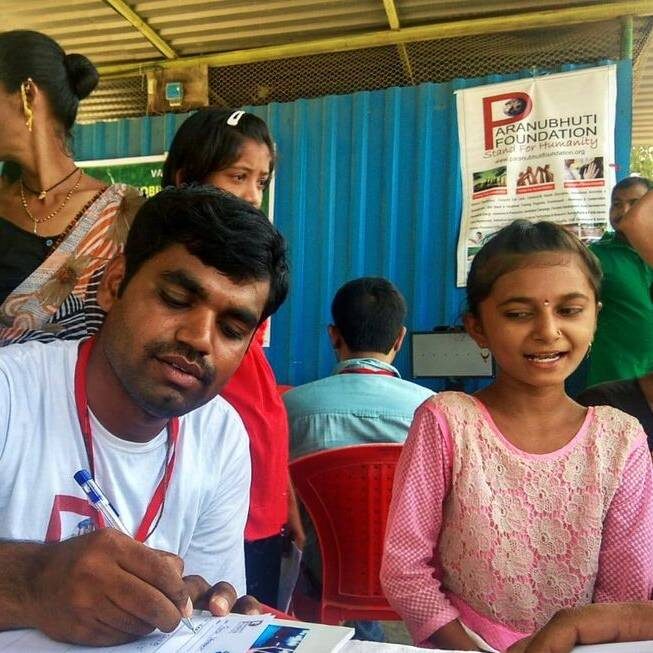Abstract
Understand about the various cancers that affect women and the significance of women’s health. Look into the data, risk factors, strategies for prevention, available treatments, and available systems of assistance. We can improve the lives of women dealing with these issues by increasing awareness and encouraging early detection.
Overview of Cancers Affecting Women’s Health
Breast Cancer:
Breast cancer, affecting the breast tissue, is one of the most common cancers in women’s health and may affect both men and women. Frequent self-examinations and mammograms are essential for early detection.
Ovarian Cancer:
Ovarian cancer develops in the ovaries and is frequently discovered when symptoms start to show. Bloating and stomach discomfort are possible symptoms. Increased survival rates can result from early detection via screening tests.
Cervical Cancer:
Some strains of the human papillomavirus (HPV) can cause cervical cancer, which is an illness that affects the cervix. As effective preventive measures, routine Pap smears and HPV vaccinations.
Uterine Cancer:
The uterine lining is the initial site of uterine cancer, which is also referred to as endometrial cancer. Abnormal vaginal bleeding and pelvic pain are among the early warning signs. For a treatment to be effective, a medical examination must provide a timely diagnosis.
Risk Factors and Prevention
Genetic Factor:
Breast and ovarian cancers are more likely to occur in people with specific gene mutations, including BRCA1 and BRCA2. Genetic testing and counselling can assist in determining susceptibility.
Lifestyle Factor:
Many cancers that affect women’s health can be linked to risk factors such as smoking, drinking excessively, being obese, and not exercising enough. The risk is decreased by leading a healthy lifestyle.
Early detection and Screening:
Mammograms, Pap smears, and HPV tests are examples of routine screenings that can detect cancers early on in the disease’s progression when treatment is more successful. Adhering to suggested screening protocols is essential.
Importance of Regular Check-ups and Self-examinations:
Early detection of women’s health cancers can be achieved through basic yet vital measures such as routine check-ups with healthcare professionals and self-examinations for changes in the breast and skin.
Treatment Options
Surgery:
Common treatments for cancers of the breast, uterus, or ovary include surgery such as lumpectomy or mastectomy for breast cancer, hysterectomy for uterine cancer, and debulking surgery for ovarian cancer.
Radiation Therapy:
With radiation therapy, cancer cells are destroyed by high-energy rays. For some cancers related to women’s health, it is frequently used either as a primary treatment or after surgery.
Chemotherapy:
Strong medications are used in chemotherapy to eradicate cancer cells all over the body. It can be injected intravenously, orally, or directly into the place of injury.
Targeted Therapy:
Drugs designed to selectively target cancer cells while causing the least amount of harm to healthy cells are used in targeted therapy. Certain cancers affecting women’s health offer encouraging outcomes.
Support and Resources
Support Groups and Counselling Services:
Women and their loved ones can receive emotional support and useful advice during their cancer journey by joining support groups and seeking counselling services.
Women’s Health Organizations:
Information, resources, and guidance are provided by organizations committed to women’s health, like the National Breast Cancer Foundation and the American Cancer Society.
Government Programs and Initiatives:
Enhancing women’s health and preventing cancer are the goals of government programs like public health campaigns, funding for research, and free or subsidized screenings.
Conclusion
To improve outcomes and save lives, early detection of women’s health cancers must be promoted. Better cancer management is being made possible by ongoing research and treatment innovations, which is guaranteeing a better future for women everywhere.
















